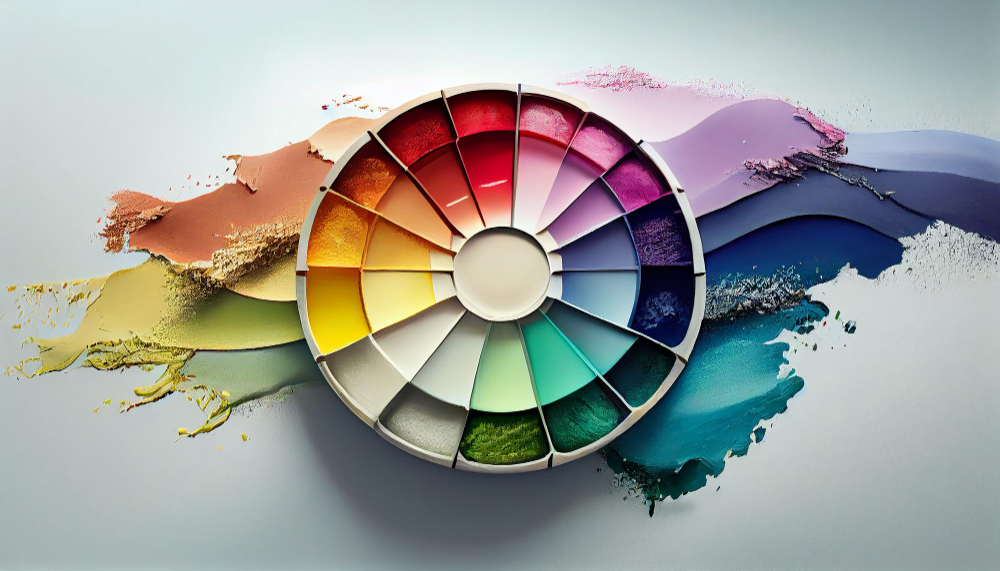
Here at Evolve Document Solutions, we’re all about bringing a little colour into your lives. Today, we can have all the colours we ever dreamed of the moment we choose to print on our multi-function copying devices. But, it hasn’t always been the way. Let’s pop our studying hats on as we track the history of colour theory from its very origins.
The study of colour traces its roots back to antiquity and has evolved over the centuries. This journey begins with none other than Sir Isaac Newton, whose experiments with prisms and light laid the foundation for modern colour theory.
His ‘new theory about light and colours‘, presented in 1672, and the subsequent publication of ‘Opticks’ in 1704, introduced the first colour wheel – a groundbreaking concept that still resonates in the art and science of today.
Newton’s model was not just a mere scientific representation; it was an intricate blend of art, science, and music, positioning the seven spectral colours in a circle of unequal segments. This harmonious blend would later inspire further advancements in colour theory and its practical applications.
The Practical Application and Artistic Influence of Colour Theory
Brook Taylor’s Integration: Brook Taylor, a mathematician and secretary to the Royal Society, was among the first to recognise the practical implications of Newton’s work. In his book ‘New principles of linear perspective‘, he proposed using Newton’s colour circle as a guide for mixing paint, a concept revolutionary for its time.
Jakob Christoffel Le Blon’s Printing Technique: The real-world application of colour theory took a significant leap with printmaker Jakob Christoffel Le Blon. He utilised Newton’s principles to develop a new printing technique, laying the foundation for modern colour printing processes. His method was demonstrated vividly in an illustration to a medical publication presented to the Society in 1731.
The Romantic Era and Beyond: Goethe and Chevreul
The Romantic period witnessed a new chapter in the history of colour theory with Johann Wolfgang von Goethe. His research led to a unique colour wheel, linking colour to human emotion and experience. This philosophical approach, though scientifically disputed, greatly influenced artists like J. M. W. Turner, who created works paying homage to Goethe’s theories.
Michel Eugène Chevreul, a French chemist, later expanded on these ideas. His theory of simultaneous contrast, which explains how colours can influence each other, was pivotal in the world of art, particularly influencing Impressionist and pointillist movements.
Modern Implications and the Continual Evolution of Colour Theory
The impact of these historical developments in colour theory is still evident today. Contemporary artists like Bridget Riley, as highlighted in the BBC’s ‘Bridget Riley – Painting the Line’, continue to be inspired by these early theories. Riley’s work, known for its optical and sometimes disorienting effects, is a testament to the enduring relevance of colour theory.
The Timeless Journey of Colour
The evolution of colour theory from Newton’s first experiments to its influence on modern art is a testament to the enduring power and versatility of colour. This journey, spanning centuries, not only highlights scientific progress but also underscores the profound impact of colour on human emotion, perception, and artistic expression.
As we observe the world around us, the vibrant legacy of colour theory continues to brighten our days and inspire creativity in countless ways.
